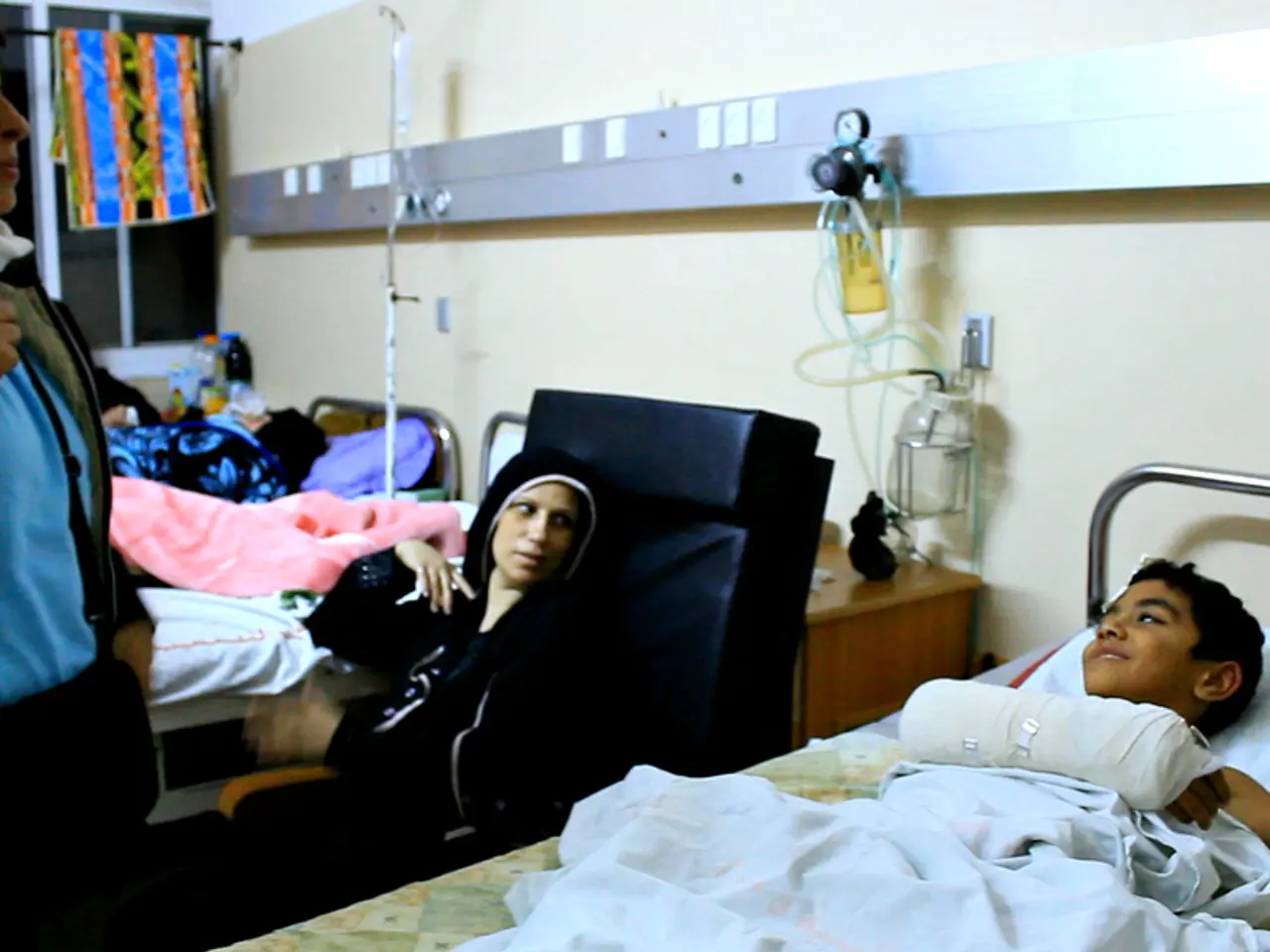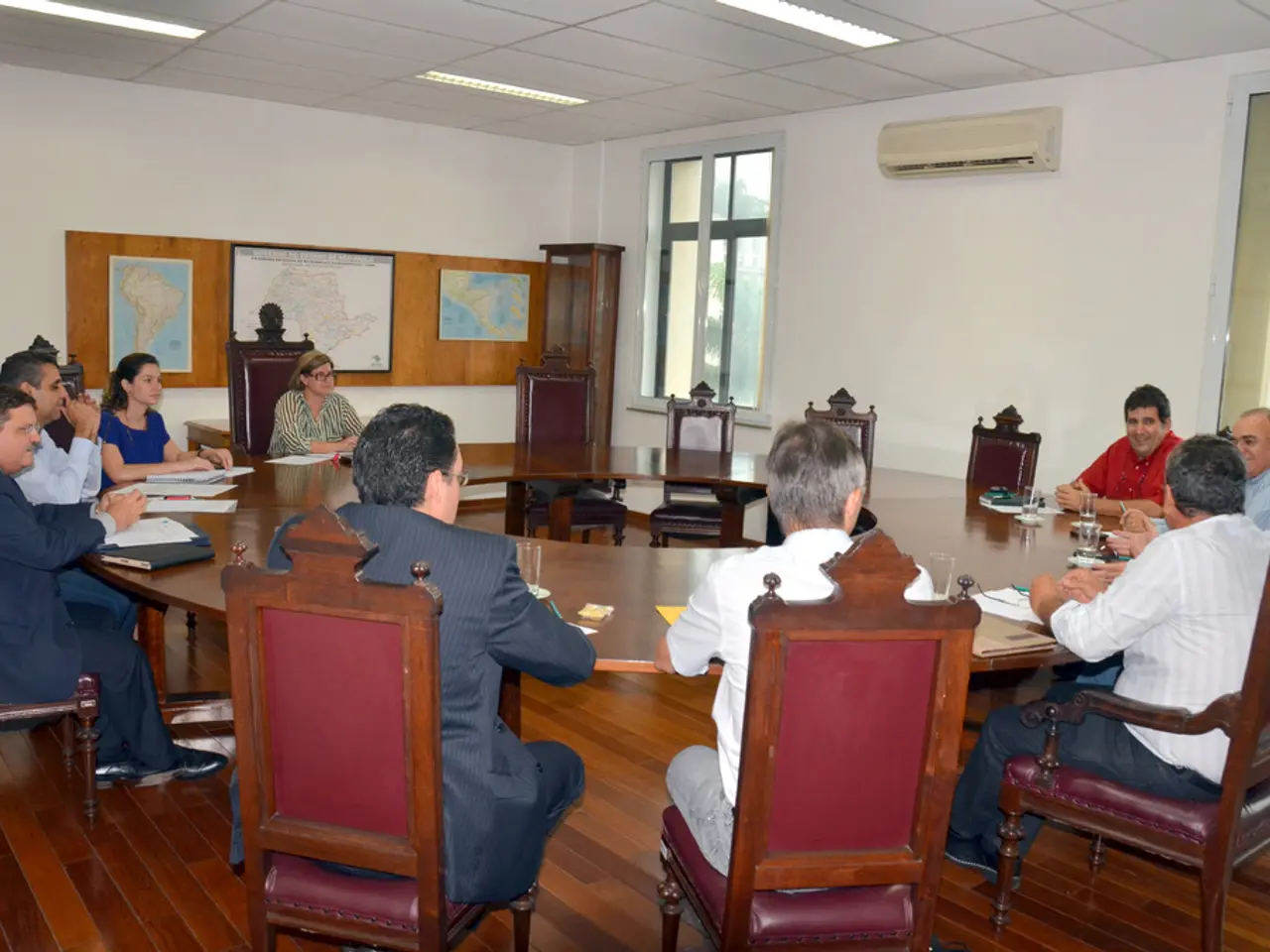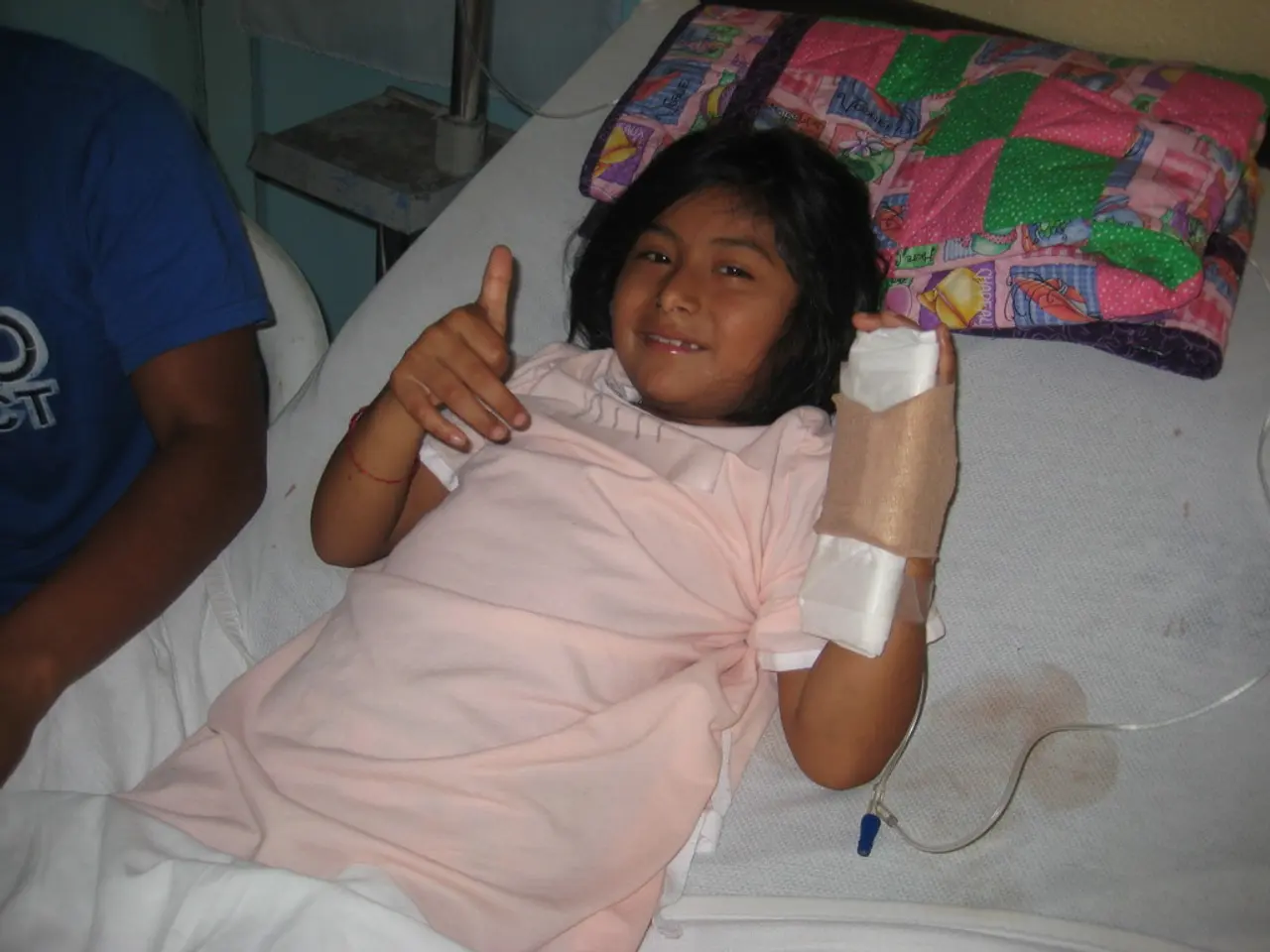Health Organization HSR and Clinician Burnout Foundation Combine Efforts to Eliminate Clinician Burnout and Boost Patient Results
=============================================================================
In the ever-evolving landscape of healthcare, artificial intelligence (AI) is playing an increasingly significant role in addressing one of the industry's most pressing challenges: caregiver burnout. By leveraging predictive analytics, machine learning, and automation, AI strategies aim to reduce caregiver fatigue, improve efficiency, and ultimately enhance patient care outcomes.
One key strategy involves the use of predictive analytics to flag early signs of burnout. Caregiver schedules, workload patterns, and emotional or physical signs detected through digital monitoring tools are analysed to identify potential burnout indicators. This proactive approach enables interventions before burnout becomes a more serious issue [2][4].
AI-driven scheduling optimization is another vital strategy. By distributing workloads fairly, avoiding overloading certain caregivers, and ensuring adequate staffing aligned with patient needs, this approach helps prevent caregiver exhaustion and improves care consistency and quality [2][3].
Administrative tasks, such as documentation, are being automated through AI-powered scribing and note generation. This reduces the clerical burden on caregivers, allowing them to focus more on patient care [1].
Wearable sensors combined with machine learning are also being utilised to monitor caregivers' physiological and behavioural cues related to stress or fatigue. Alerts are issued when intervention or rest may be needed to prevent burnout [4].
The impact of these AI strategies on patient care is substantial. By preventing caregiver burnout, they ensure more consistent, attentive, and timely care delivery. For instance, predictive models not only assist with caregiver workload but also alert staff to patient risks, such as declining movement or restlessness, enabling early interventions that reduce hospitalizations or incidents like elopement in dementia care [1][2]. Improved scheduling also enhances caregiver-client relationship stability, positively affecting patient emotional well-being and reducing complications or readmissions [3].
In summary, AI's current role in mitigating caregiver burnout involves a multi-faceted approach, combining predictive risk identification, efficient workload management, and administrative automation. These strategies promote healthier caregiver work environments and better patient outcomes in senior and home care settings [1][2][3][4].
It is important to note that the news content provided by EIN Presswire comes "as is" without any warranty. The information in this article does not imply any endorsement or approval of the information it contains. Readers should exercise caution when using or relying on the information in this article, as it may not be fully licensed for all uses and is not guaranteed to be complete. Any complaints or copyright issues should be directed to the article's author.
- The technological advancements in artificial intelligence (AI) are being applied to the health-and-wellness sector, specifically in addressing mental health issues like caregiver burnout.
- Machine learning is being used to analyze caregiver schedules, workload patterns, and digital monitoring tools' data to predict early signs of burnout.
- Artificial intelligence (AI) is also utilized in scheduling optimization to balance caregiver workloads, ensure adequate staffing, and prevent exhaustion.
- AI-powered automation is reducing the clerical burden on caregivers by automating tasks such as documentation, freeing up time for more patient-focused activities.
- Wearable sensors are being combined with machine learning to monitor caregivers' physiological and behavioral cues related to stress or fatigue, and issue alerts for intervention when necessary.




